What is Snoring?
Snoring is a fluttering noise due to partial obstruction of the upper airway when the muscles at the back of the throat relax during sleep. Most of the noise comes from the soft palate.
People who snore have a floppiness of the back of their throat, soft palate, tonsils (if still present), and the tonsillar pillars (arches of muscle), maybe a thicker tongue, and/or a floppy voice box.
In more severe snorers, there is often more floppiness and more fluttering regions. The throat collapses (like a soft straw), and flutters.
Who Snores the Most?
It is not known why snoring is more common in men (30% snore), but 15% of women snore.
Snoring is more common in overweight individuals and those with nasal obstruction, and it worsens with age.
In severe cases, complete obstruction (breath-holding) may occur intermittently during sleep. The medical term for this is – Obstructive Sleep Apnoea (ap-knee-uh) or OSA. Please visit our page on OSA.
Why Do Children Snore?
Children who snore often have large tonsils and/or adenoids (which are like tonsils in the back of the nose). Children with OSA usually have enlargement of both, and surgery is necessary if Nasal steroids don’t help.
What can help Snoring?
Various simple measures may help snoring such as losing weight, avoiding alcohol or sedatives, sleeping on the side, unblocking the nose (eg Nazovent, hay-fever sprays, surgery), or wearing a Dental splint each night to pull the lower jaw and tongue forwards.
A trial of decongestant nasal spray might show if the nose alone is at fault.
Oxymetazoline Spray on alternate nights for two weeks before bed – was the nose blocked and the snoring quieter? (beware dependence on the spray – this is not a cure!)
If it works, then Nasal Surgery alone should stop the snoring, permanently.
Will Surgery for Snoring help?
If the snoring is disruptive enough, intervention may be necessary – Palate-trimming with a Coblator dissector.
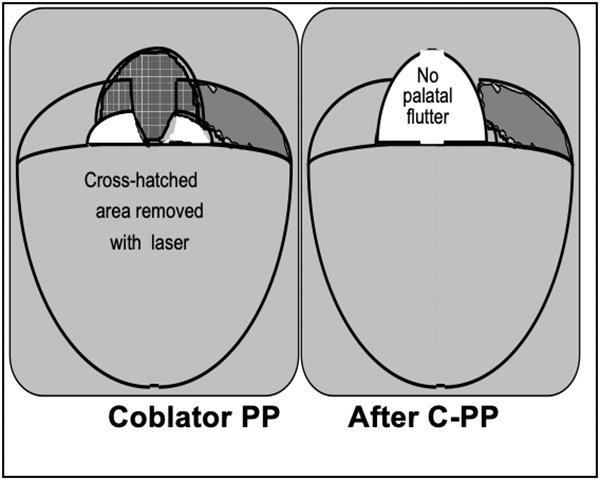
In adults, ENT Surgeons sometimes need to remove the tonsils (Palato-Pharyngo-Plasty – PPP), and even the Uvula – called Uvulo-Palato-Pharyngo-Plasty – UPPP or UP3).
If the nose is blocked, it also needs to be fixed, usually by straightening the septum, trimming the turbinates (the swellings on the side walls), and removing polyps if there are any.
If the noise is not just coming from the palate and nose (ie – noise coming from the tongue base), these techniques will fail.
Palate stiffening – Palate stiffening procedures are very ineffective, so I have stopped doing them
Palate trimming with a Coblator Palatoplasty (CoblatorPP) is an operation to remove the uvula and trim the thin edge of the soft palate, so it can’t flutter (Some surgeon do this with a Laser).
Recovery after CoblatorPP Surgery for Snoring
Patients are in hospital just for the day, and perhaps night, and back to Full-time work in 5-7 days. (Part-time work earlier is OK.)
During the second half of the first week, the throat is sore, but tablets, gargles and lozenges control it.
CoblatorPP is a minor surgical procedure, under a General anaesthetic. It takes about 5-7 days to get back to work, 10 DAYS if also with Nasal surgery.
Blowing balloons or a wind instrument might be a problem after palatal surgery, due to weakening of the soft palate – voice change or swallowing problems are extremely rare.
- Some patients have a sensitive scar for a few months, which settles spontaneously.
- Coblator PP is successful for snoring and mild OSA in over 80% of cases, long-term.
- Some patients don’t snore deeply at all, just softly.
- The results for moderate or severe OSA are not as good, due to generalized floppiness.
- Only about 40% of patients are cured of OSA, although more will stop snoring.
- The selection of suitable patients (assessing for general sagginess) can achieve better results.
Other Surgery Options
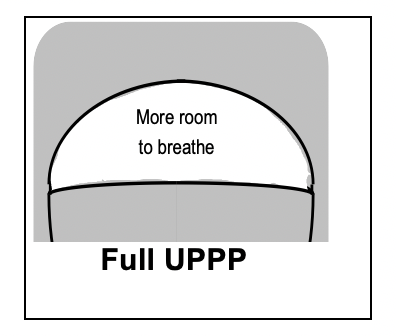
1. Uvulo-Palato-Pharyngo-Plasty (UPPP)
Dr Kleid rarely performs a Uvulo-Palato-Pharyngo-Plasty (UPPP) nowadays. Because it involves removing the Tonsils and many sutures to tighten the palate, it is more painful, requires more time in the hospital and off work, and necessitates more painkillers.
Dr Kleid will often do a Modified PPP, preserving or trimming the uvula, which is a bit less painful and less likely to affect speech and/or swallowing. He uses a Bizact dissector (or Coblator) to reduce pain and bleeding. The limited Coblator PP and Modified PPP are much less painful, quicker, safer, and have largely superseded UPPP if the throat shape is suitable.
2. Tongue Channeling Surgery
Tongue reduction techniques, either with Channelling, or Actual excision can help.
Coblator tongue channelling is a minimally-invasive procedure where 7 electrode-needle injections are made, and the muscle in the tongue is cauterized. This reduces the tongues volume and creates scar and stiffening. It is usually not very painful but causes some ulcers that can take a month to heal. Your ENT surgeon can perform this at the same time as palate and nasal surgery.
3. Other Tongue Surgeries
Mandibular Advancement Splints are effective, by pulling the jaw and the tongue forwards. It can be used as a primary treatment, or after failed surgery. Even in patients with severe OSA, complex operations to pull the tongue base forwards can help, by creating more space and reducing obstruction.
Risks of Severe OSA – Obstructive Sleep Apnoea
OSA causes a drop in the oxygen level which partially wakes the patient up. Repeated arousals may cause daytime sleepiness, irritability, poor concentration and memory, and sometimes impotence. Straining against partial suffocation may increase blood pressure, risking a heart attack or stroke.
PLEASE NOTE: Any form of Sedation can be dangerous in patients with OSA
Sedation, whether from alcohol, sleeping tablets, Morphine etc, worsens snoring and OSA, by relaxing the muscles and interfering with the body’s ability to arouse from the low oxygen level.
An overnight sleep study should be done to assess patients for Obstructive Sleep Apnoea. During the sleep study, stages of sleep, oxygen levels, breathing, Electro-Cardio-Graph (ECG) etc are measured. There are usually Medicare rebates for this.
Treatments for Severe OSA – CPAP or Surgery
Continuous Positive Airways Pressure (CPAP) is an effective treatment for control of snoring and Obstructive Sleep Apnoea, and Dr Kleid usually recommends it for Severe OSA patients.
- The patient sleeps with a mask over the nose/face, pumping air, all night, every night, forever.
- Air pressure prevents collapse and vibration of the throat, stopping apnoeas and snoring.
Tracheostomy is the best treatment for severe OSA, but it is almost never necessary.
Please visit the OSA page for other surgical solutions.
Next Steps
If you’re one of the many people who suffer from snoring or obstructive sleep apnoea, we hope this article has been helpful. We’ve outlined some of the most common treatment options available to you, both surgical and non-surgical.
Contact us today if you would like to find out more about surgery as a potential solution for your snoring problem, our team will be happy to help.
Why Choose Dr Kleid ?
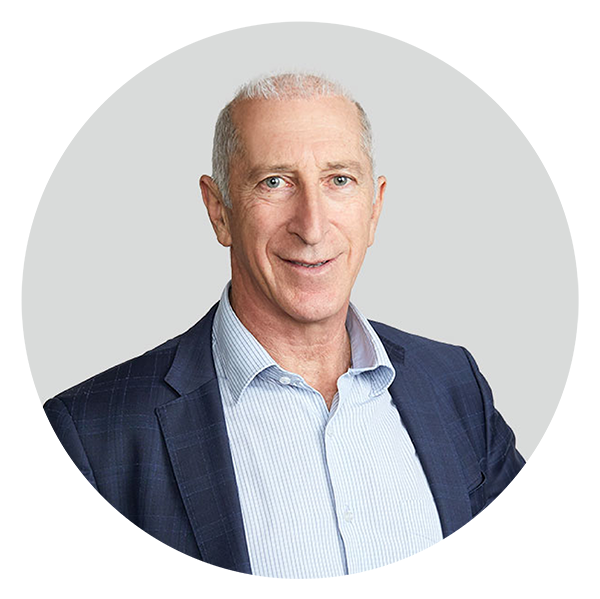
Dr Stephen Kleid,
Melbourne ENT Surgeon
MED0001052799
Dr Stephen Kleid is an experienced ENT Surgeon (Otolaryngologist) based in Melbourne with a passion for Septo-rhinoplasty, Septoplasty and a strong interest in Rhinoplasty Revision.
Dr Kleid’s Procedures
Why Choose Dr Braham ?
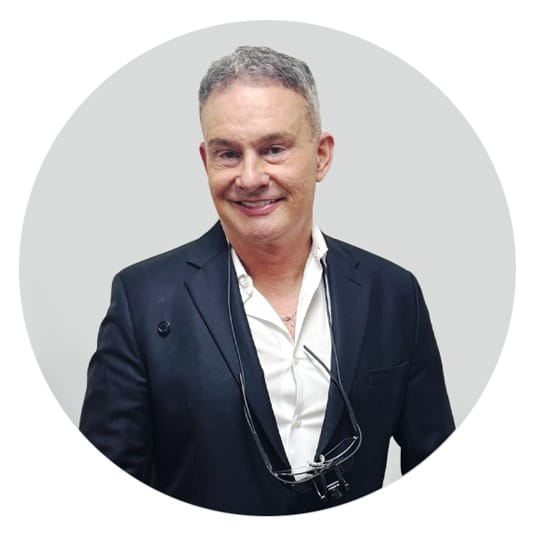
Dr Simon Braham, Melbourne ENT Surgeon
MED0001144757
Dr Simon Braham MBBS (Hons) FRACS is an experienced Ear, Nose and Throat ENT Surgeon (Otolaryngologist) based in Melbourne, performing tonsil, grommet and sinus surgery for children & adults. He helps patients with breathing issues, snoring concerns and sleep disturbances.
Dr Braham’s Procedures
- ENT Surgery for Children (ENT Paediatric Surgery)
- Aesthetic Surgery
- Sinus Surgery and Nasal Surgery
- Tonsilectomy (for Tonsils)
- Grommets
- Laryngology
- Rhinology
- Surgery for Snoring
- Voice Disorders
How can we help?
Our Team takes pleasure in assisting you with any questions when considering a surgical procedure. Please call the St Kilda East clinic in Melbourne between 9 am – 5 pm on Weekdays.
What Next?
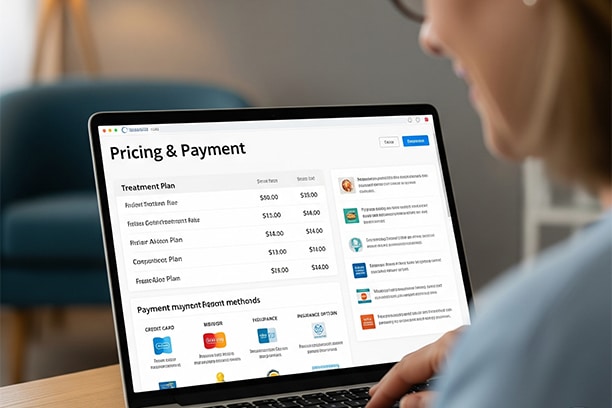
Want more information about your Procedure?
- Please read our website and blogs to find out more about your procedure and concerns
- For more information about pricing and payment methods, please visit our page on Surgery Payment Options.
- Talk to our Patient Care Team from 9 am to 5 pm Monday to Friday

What to Bring to Your Consultation
- We encourage you to bring a friend or family member to accompany you, as they can provide an extra perspective and support throughout the process.
- It is important to take thorough notes and carefully review all the documents provided to you.

How to Book a Consultation
- A referral from your GP or Specialist is necessary to see a surgeon for a consultation.
- Dr Kleid’s Nose Surgery consultation fee is $600 which includes a nasendoscopy ($300).
- Please contact us today to book your consultation.

